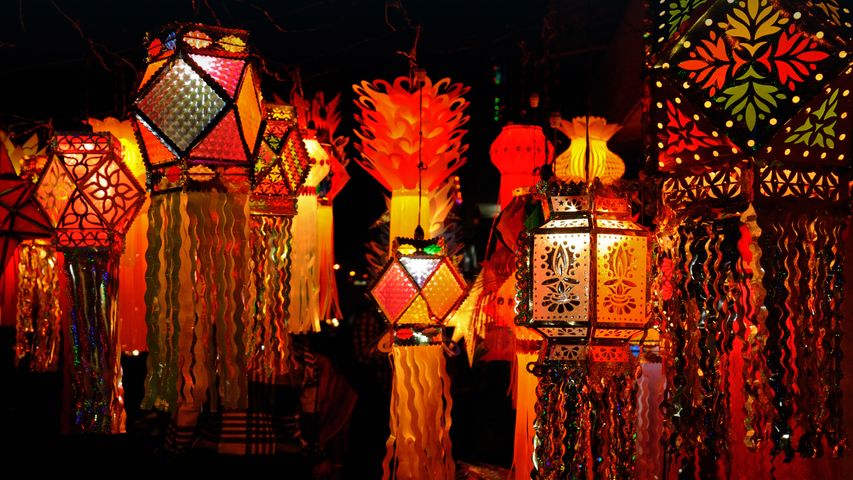Depiction of deities from the Tomb of Tutankhamun at the Egyptian Museum, Cairo, Egypt
© Stefan Lippmann/Universal Images Group via Getty Image
Tomb of the Golden Pharaoh. A century since Tut’s tomb was discovered
A hundred years ago today, British archaeologist and Egyptologist Howard Carter discovered the sarcophagus of Tutankhamun, known as King Tut, in Egypt's Valley of Kings. Although they first uncovered the tomb of the 'boy king' on 4 November 1922, Carter and crew took years to excavate the burial site. What they found astonished the world. It was loaded with more than 5,389 artefacts, including a solid gold coffin, face mask, thrones, archery bows, trumpets, a lotus chalice, furniture, food, wine, sandals, gold caps to protect Tut's toes and fresh linen underwear. Because you should always bring clean undies, even when you're crossing into Duat, the realm of the dead.
Although Tut is considered a minor pharaoh by historians, the discovery of his tomb was one of the most significant in the history of archaeology. The burial site was remarkably well preserved. Unlike many neighbouring tombs, it was untouched by grave robbers thanks to debris covering the entrance for most of the tomb’s existence. In the 1960s, Egypt allowed the treasures of King Tut to leave the country for display, and the exhibit has travelled the world numerous times. Today, King Tut's death mask and sarcophagus are displayed here at the Egyptian Museum in Cairo.
Related Images
Bing Today Images


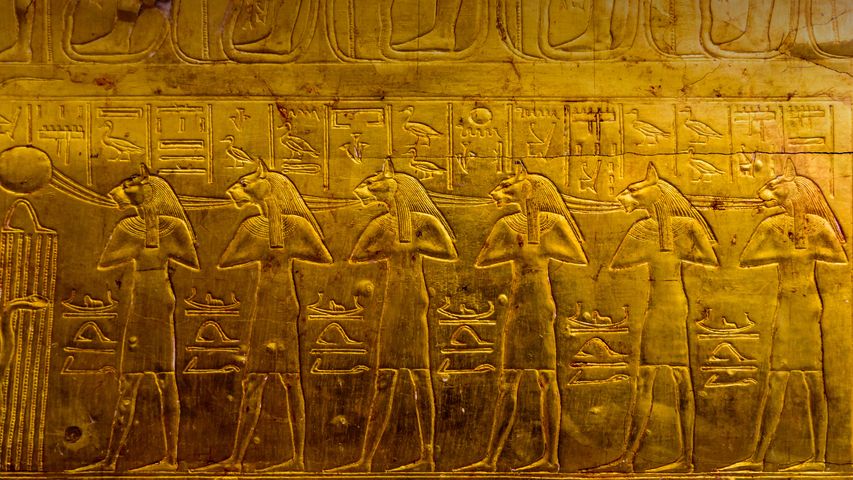
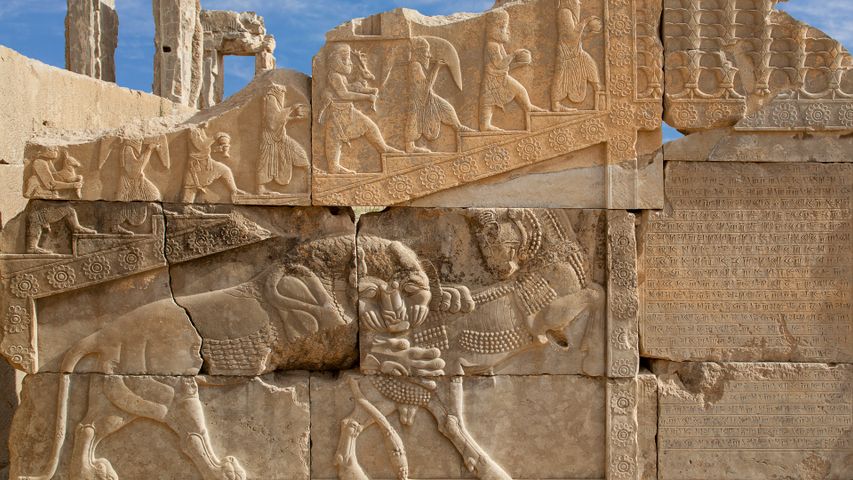 Reliefs in the ancient Persian city of Persepolis, Iran
Reliefs in the ancient Persian city of Persepolis, Iran
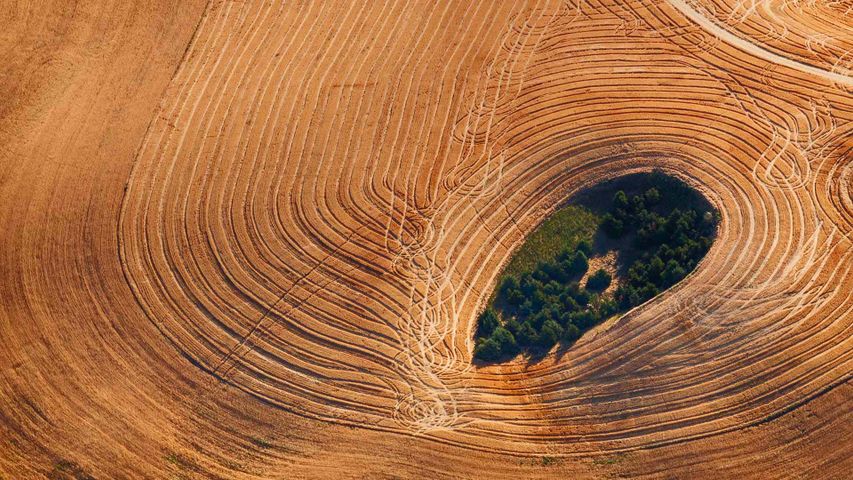 Farmland in the Palouse, Washington, USA
Farmland in the Palouse, Washington, USA
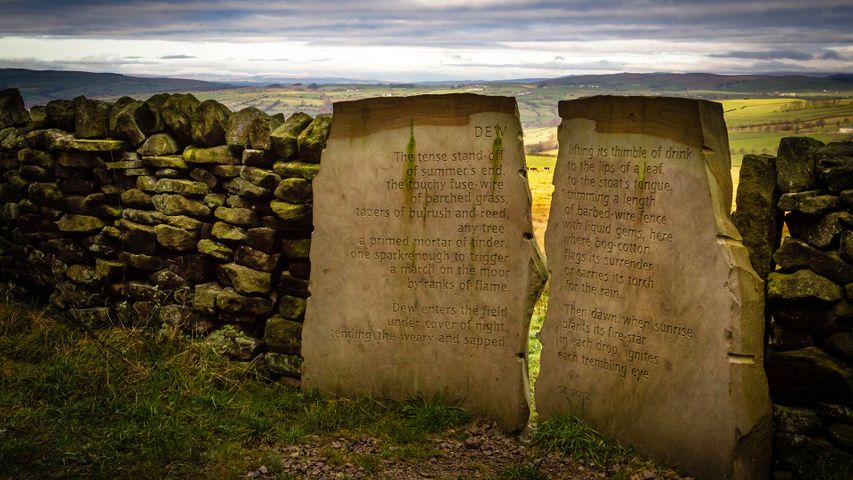 The Dew Stone, part of the Stanza Stones trail, in Yorkshire
The Dew Stone, part of the Stanza Stones trail, in Yorkshire

